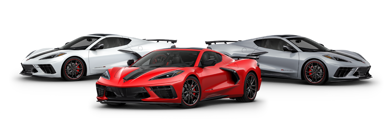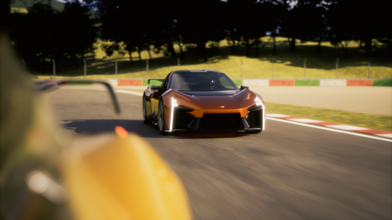Cadillac is no stranger to right-hand drive (RHD). All the brand’s early models had the wheel on the right, despite driving on the left: a hangover from the horse-and-buggy days, for a safer view of the roadside.
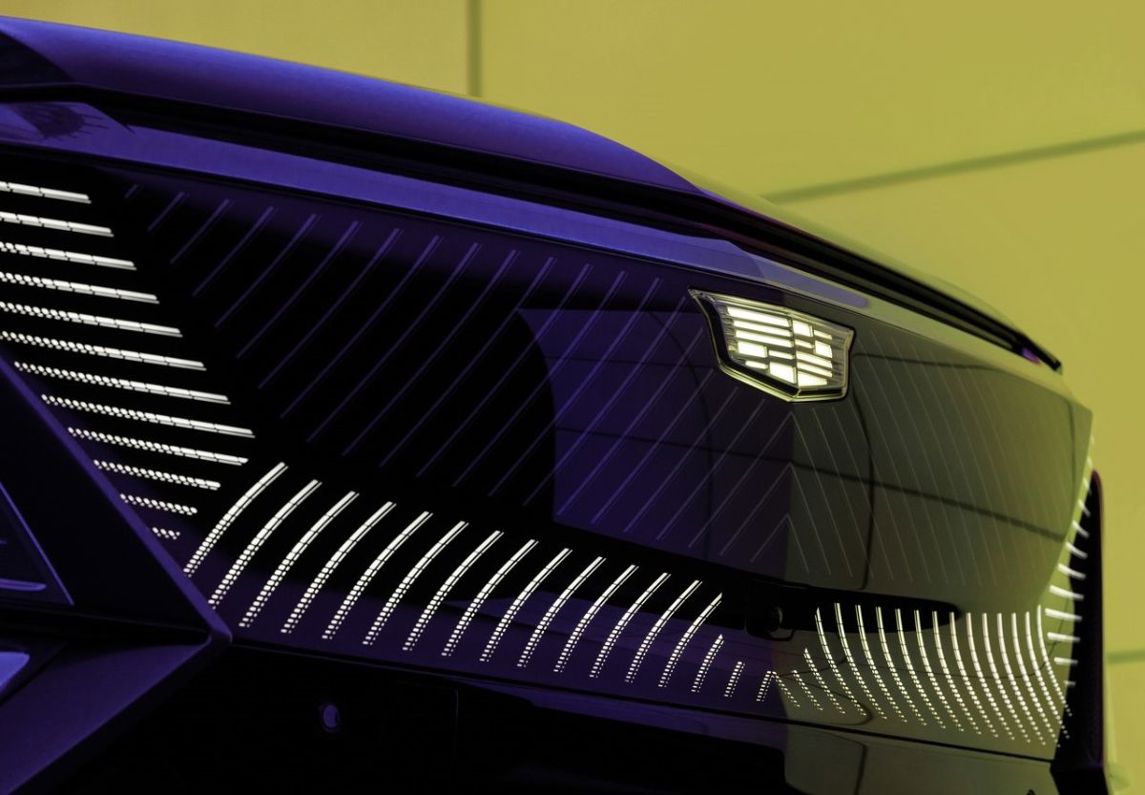
Even as LHD took over, right remained an option, but was discontinued after the Second World War. Right-hook came back briefly in the late-1990s for limited export, with the STS and Saab-based BLS.
In 2008, the factory right-hand drive CTS was almost launched in Australia and New Zealand as part of General Motors Premium Brands (with Hummer and Saab), but the global financial crisis pulled the handbrake on at the 11th hour.
If we may digress for a tiny bit, the shipment of 88 CTS sedans ordered for the Australian launch ended up in NZ, with Waikato-based dealer group Ebbett; it sold the fully loaded cars at $63k each. They went so quickly, it ordered further used-import examples from the UK.
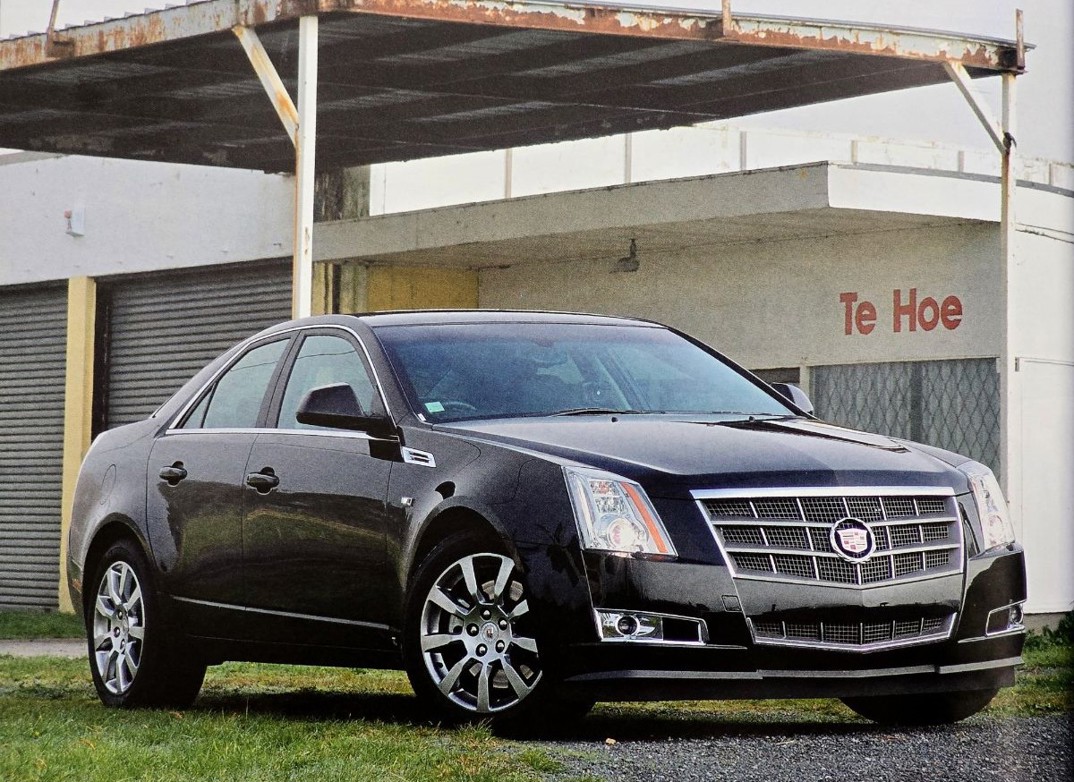
But anyway. Cadillac is back in 2024 with a series-production, factory-built right-hand drive vehicle: the Lyriq, a medium-sized EV-SUV built on GM’s Ultium electric platform. It’s coming to NZ before the end of the year.
What’s different now, and why bother, when Cadillac is a quintessentially American brand and two-thirds of the world’s car markets are left-hand drive?
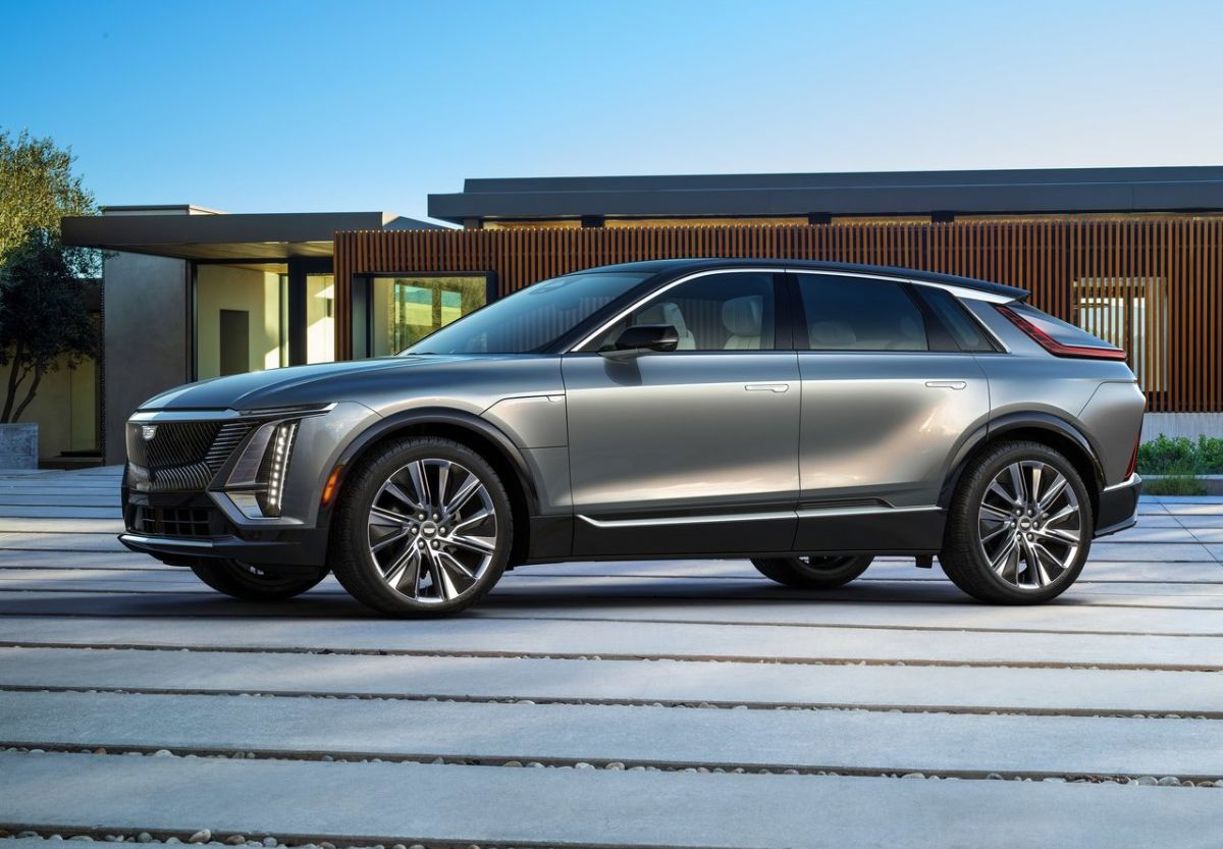
It’s partly a statement of intent: Cadillac is set on becoming properly global and nothing shows you’re serious like making models for driving on either side of the road. But intent is nothing without a business case, and the convenient truth is that it’s much easier to configure an electric car for both left and right drive than it is with internal combustion.
“When you go all-EV, you’re no longer constrained by an engine and transmission in front of you,” explains Shilpin Amin, GM International president. “With Ultium, all of our heating and cooling systems are centre-based, capable of left and right-hand drive; so it’s just the instrument panel and steering. It’s really driven by the displays.”
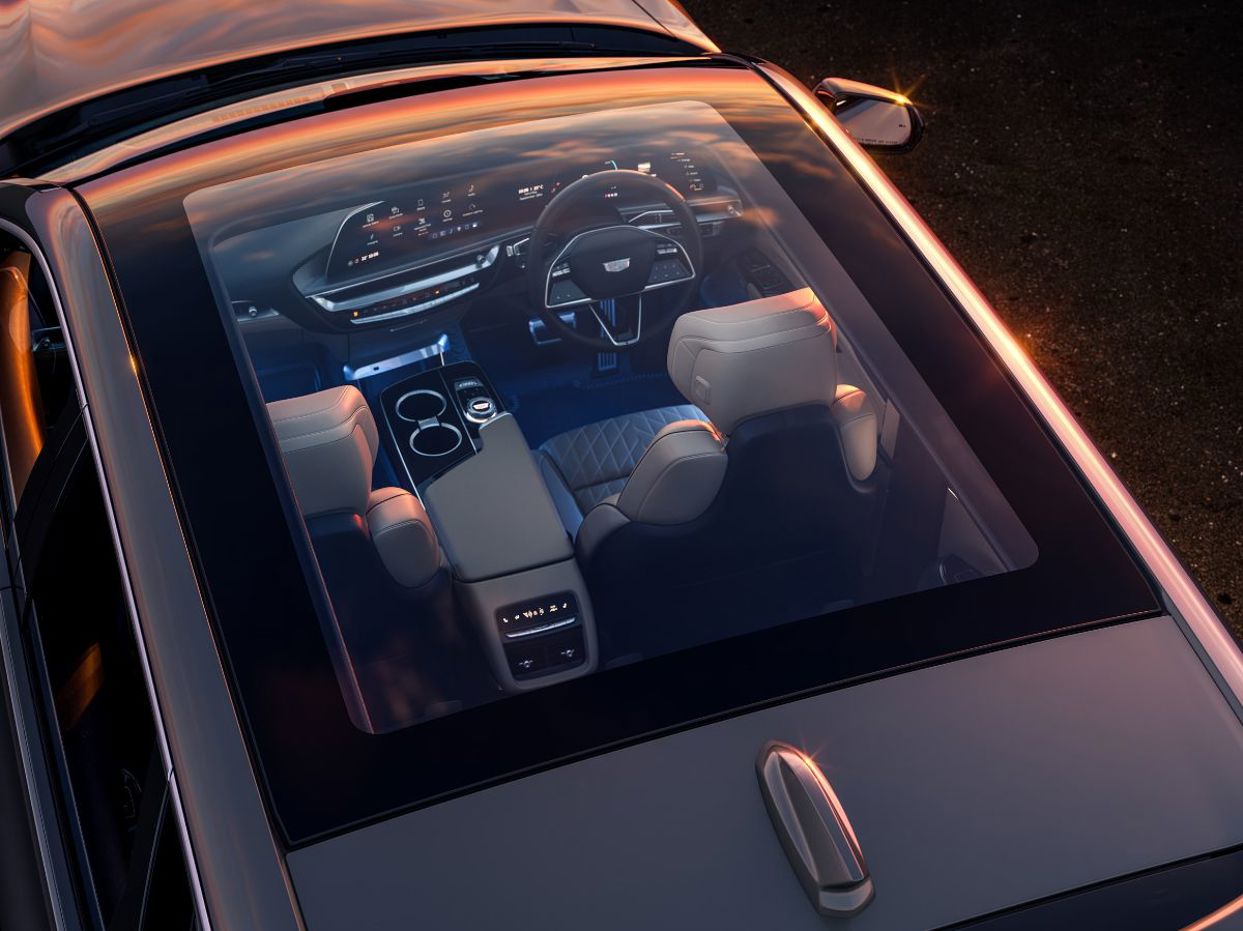
Cadillac has been talking seriously about worldwide expansion, as opposed to dabbling with individual models in RHD, since 2013. Then-marketing boss Uwe Ellinghaus stated that he wanted the brand to become truly global, a process that could take 10 years in unfamiliar markets. While Ellinghaus became a controversial figure (he resigned in 2017), that part of the plan still tracks here in 2024.
According to chief marketing officer Melissa Grady Dias: “We’re looking globally. And as we’re looking at the markets we’re in, Lyriq is the moment where we can make the right, right-hand drive car. It’s a great vehicle to be the first.”
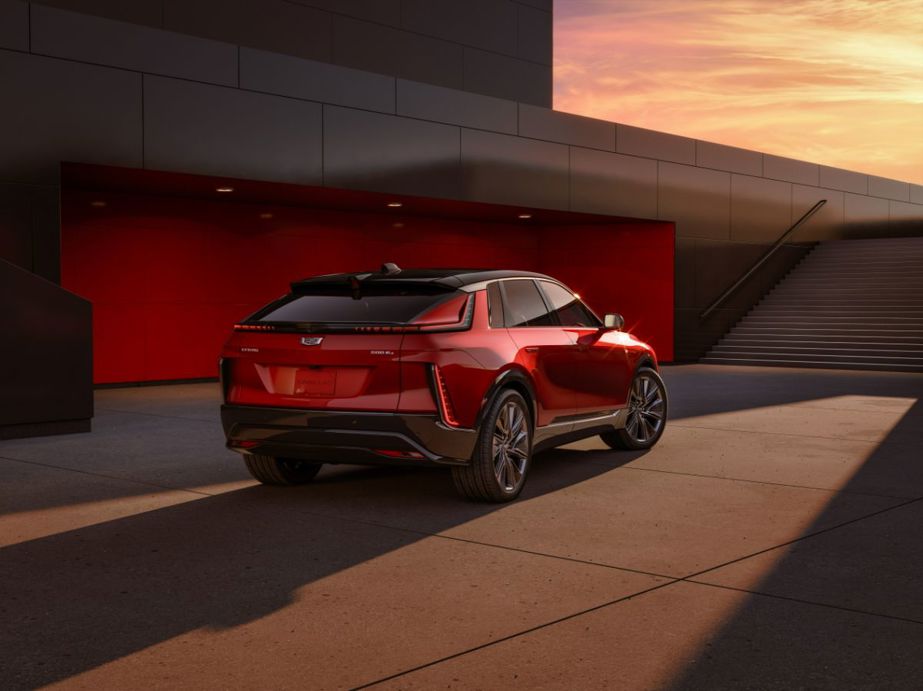
Lyriq was launched in the US back in 2022 and has become the biggest-selling Cadillac in the US lineup. It’ll be sold in right-hand drive in the UK, Japan, Australia and NZ, with more markets to follow. In that sense, NZ is in a strong position: we’re under the Aussie umbrella, which is expected to be the second-biggest drive-on-the-left market behind the UK.
GM is not not talking volume expectations, but acknowledges Lyriq will be a niche model in Australasia to start with. It's also adamant the brand is here to stay.
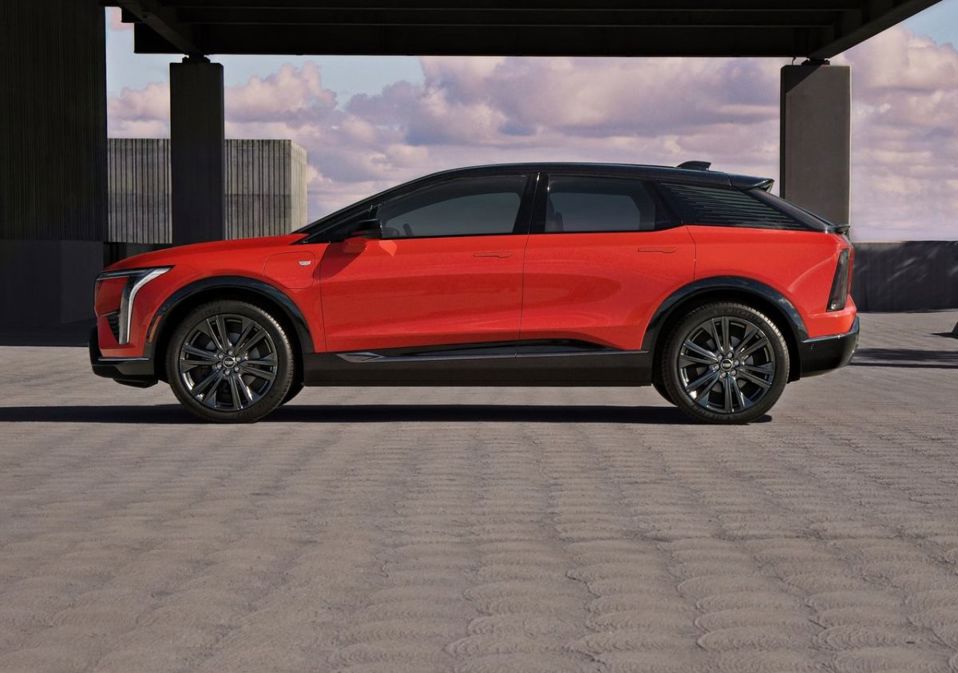
“We’re not on a timeline for this,” says Amin. “We’re not forcing it… because that’s when we get into trouble. We think about it as having a 20-plus year connection to these customers.
“We need Lyriq to be successful to continue the portfolio, but honestly, our vehicle development cycles are pretty long, so you have to plan for these ahead of time. There’s more to come already decided; we’re just not revealing those right now.”
Cadillac is EV-only for NZ
GM emphasises that Cadillac’s right-hand drive expansion goes hand-in-hand with EV platforms.
There are no plans for conversions of current or future petrol models; while internal combustion engines (ICE) are still key to Cadillac in the US, it has committed to becoming the first GM brand to go 100% EV; initially by 2030, but with a slowdown in EV growth, Diaz says the timing of the transition will now be more “consumer-led”.
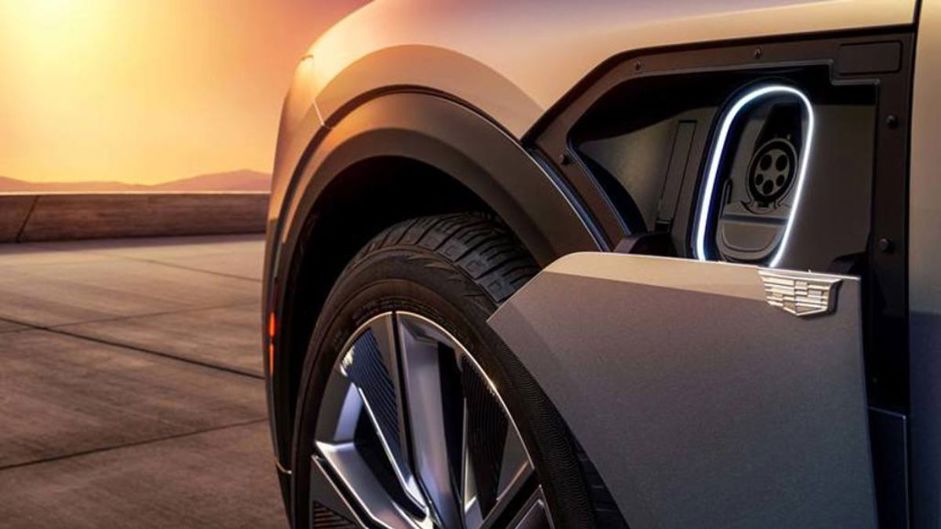
So there’s little point in trying to establish petrol vehicles in a new market, says Amin: “There is a limited lifetime when you think about entering markets with a brand and you know you’re going to bring products that have an end-of-life out there… you’re going to invest a lot of time and effort to build a customer base that eventually, you won’t be able to fulfil.”
What other Kiwi Cadillacs are on the way?
Obvious possibilities for the near-future include two models either side of Lyriq: the Optiq urban SUV and the seven-seat Vistiq.
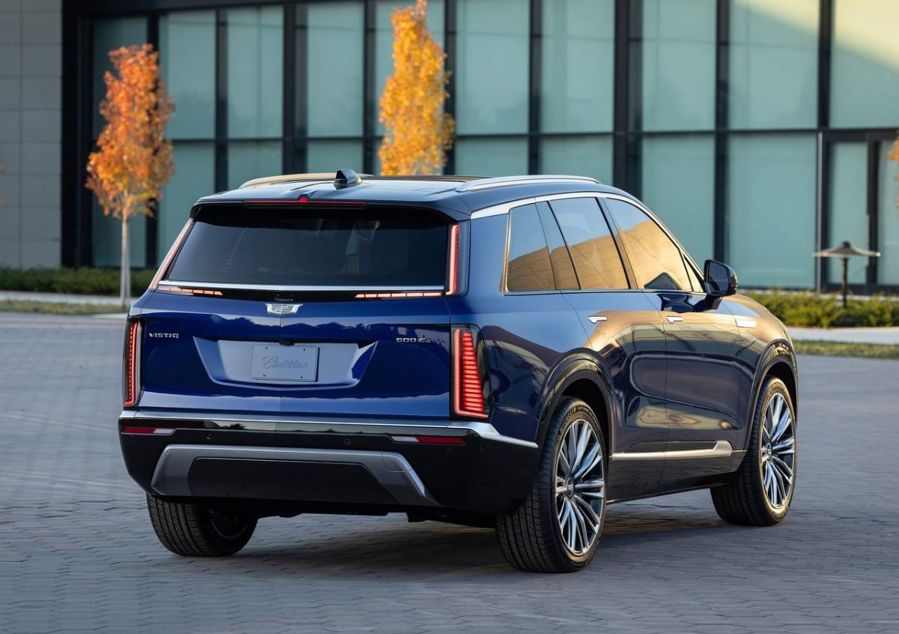
“There are multiple Cadillac countries,” says Amin. “There is a full portfolio if you think of a lux 3, lux 4, lux 5, a full-size SUV and potentially some sedans. We will continue to validate those for access.”
The most iconic Cadillac in the current lineup is arguably the Escalade SUV, and there is a pure-electric version of that: the IQ, also using Ultium technology.
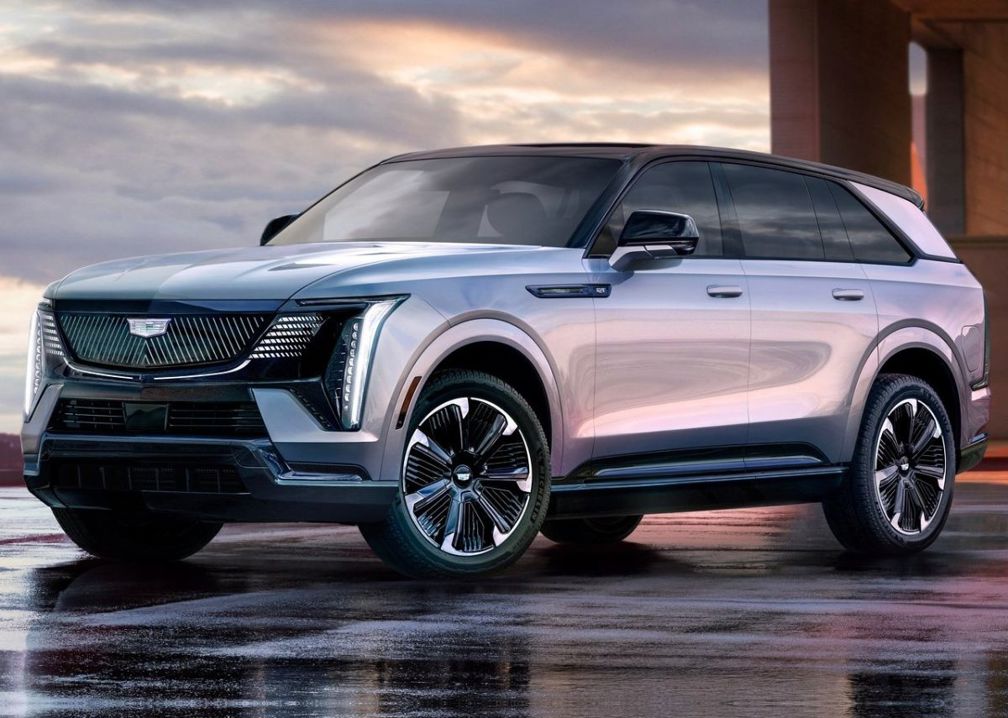
Brand executives are not making any comment on the possibilities of that for RHD at the moment, although Amin reminds that it’s not merely mechanical layout that determines viability: “The architectures are all capable, but it’s the finish of the vehicle, the IP [instrument panel] and the configuration.
“Not all products fit all markets. What does the right portfolio look like for each of our markets and then how do you enable all the requirements behind those? There are things like displays that are difficult to do; we believe in a fully integrated design, not just an iPad stuck to the middle.”
Customer Experience Centres, not showrooms
Cadillac will be selling through a direct-to-consumer (DTC) model in Australia and NZ. It promises its Experience Centres in Sydney, Melbourne and Auckland will be very different to the dealership norm.
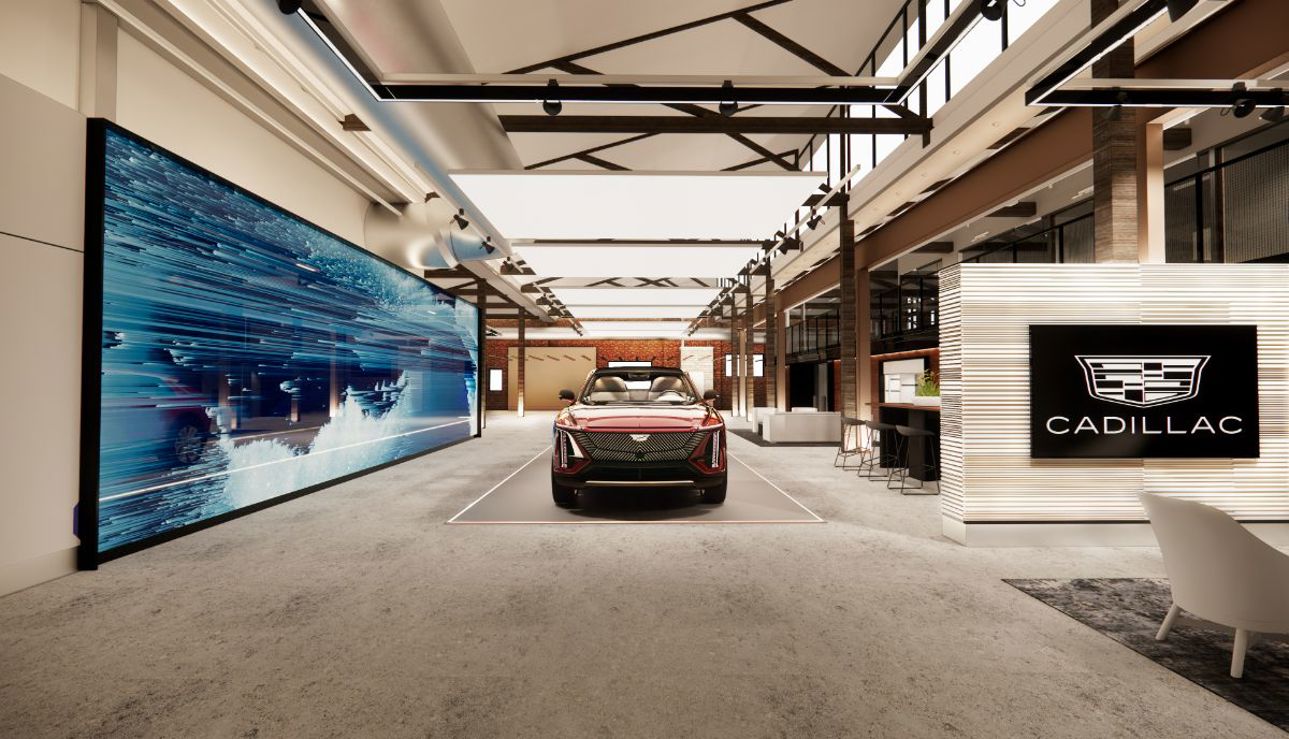
It has already announced its Sydney location, the Roseberry Engine Yards “retail and lifestyle precinct”. The design will emulate Cadillac’s first DTC centre in Switzerland and has been designed by the same firm.
Amin admits Melbourne has been more challenging: “To be honest… we’ve been looking and none of them have been exactly right. This is about real perfection and we’re patient enough to wait for the right commitment to those markets.”
An announcement around Auckland is also still to come, but Amin implies that the right space has indeed been found: “We’re very excited about… the one we haven’t announced there yet.”






















